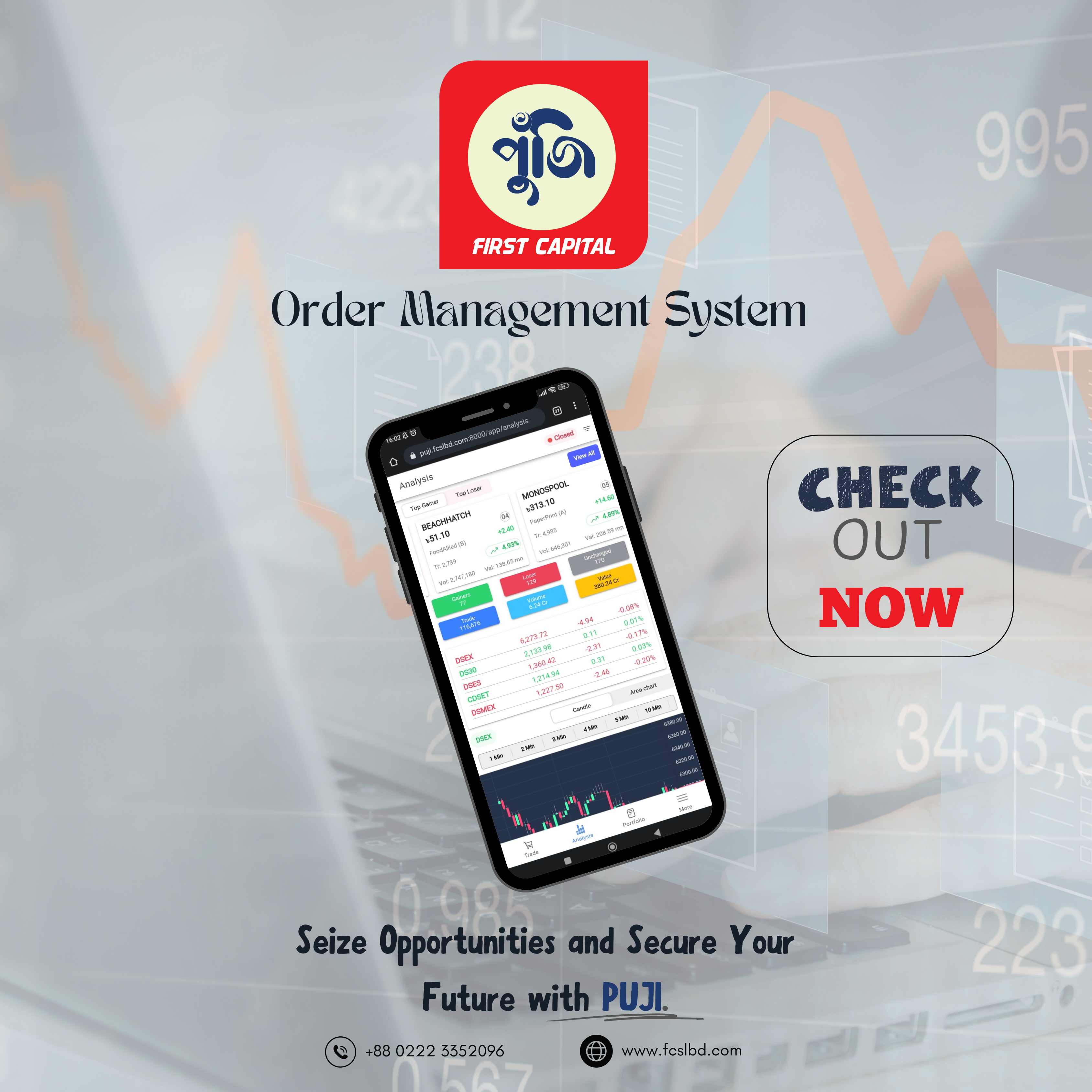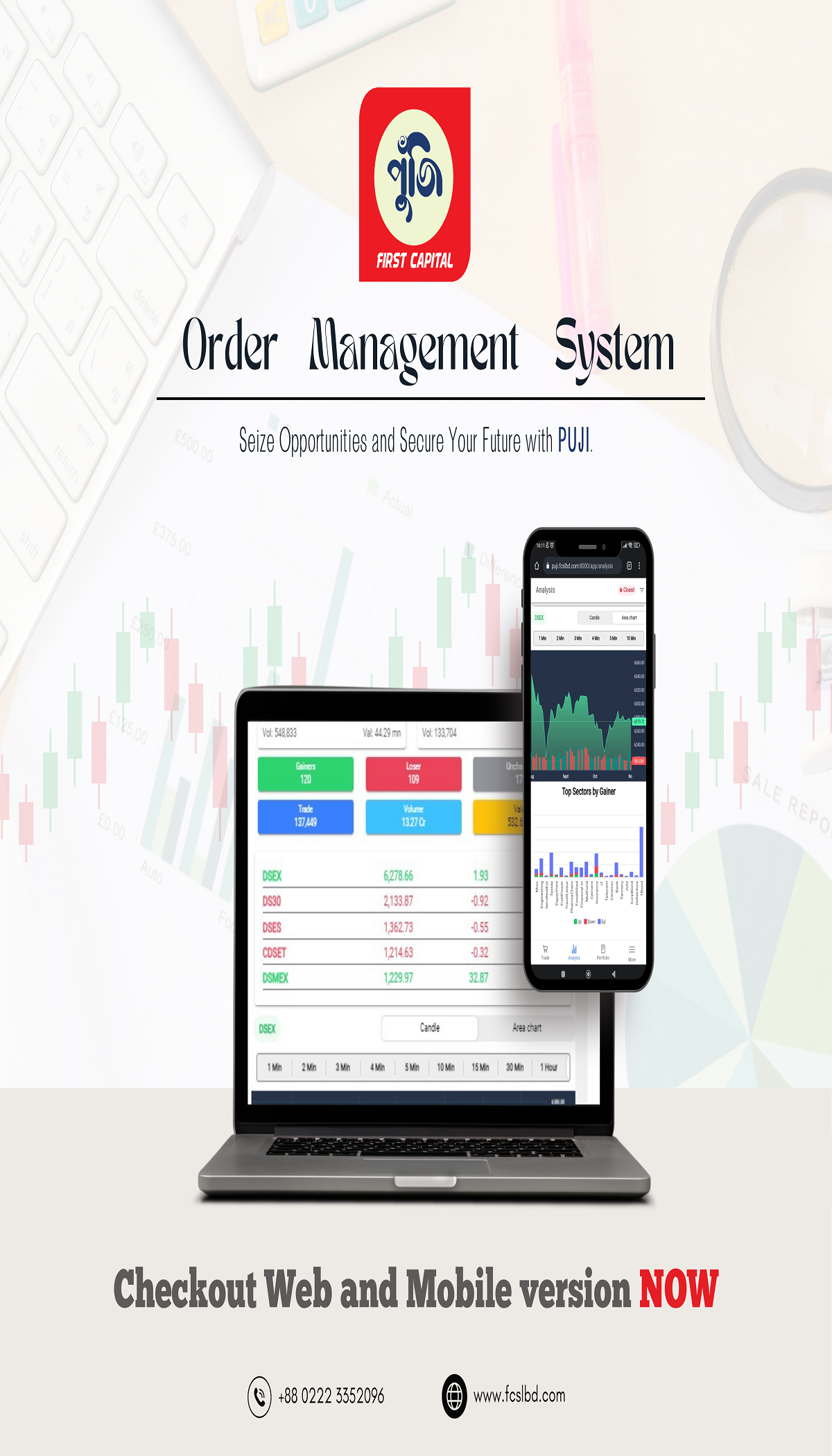Chattogram – known as the country’s commercial capital – topped the list of districts with the highest remittances in terms of growth in the just-concluded fiscal year.
According to data from the Bangladesh Bank, Chattogram, which ranks second in terms of remittance inflows, recorded a 47% growth compared to the fiscal 2022-23.
In FY24, the district received remittances totalling $2.37 billion, marking an increase of approximately $757 million compared to the $1.61 billion sent by residents in the previous fiscal year.
In the last fiscal year ending on 30 June, remittances from all 64 districts of the country grew by 10.66% year-on-year, reaching approximately $24 billion.
Ahsan H Mansur, a former economist of the International Monetary Fund, told The Business Standard, “We have questions about these district-wise statistics. Currently, the market structure has changed. Therefore, the true picture of each district cannot be understood solely by examining these data.”
Dhaka, which ranked first, saw a 19% increase in remittances in FY24. Additionally, the growth of remittances in the other top six districts was below 10%. Specifically, Cumilla, which led in the number of workers sent abroad in FY23, saw remittances rise by just over 1%.
Central bank data show the United Arab Emirates, comprising seven Emirates such as Dubai and Abu Dhabi, has ascended from the third position in the list of top remittance senders in the previous financial year to the first position in FY24.
Remittance inflows from the Gulf country increased by 52% to $4.6 billion. Notably, the remittances from the nation also saw a substantial 46% growth in FY23. Approximately 77,000 workers migrated to the UAE in FY23.
Furthermore, remittance inflows from Singapore and Malaysia have also experienced a robust growth of over 40%.
Remittances from Saudi Arabia, which received the largest number of workers at 3.91 lakh from Bangladesh in FY23, fell by nearly 19% in the just-ended fiscal year.
The South Asian country achieved a record manpower export of 11.96 lakh in the just-concluded fiscal year, surpassing the previous record of 11.37 lakh in FY23, according to the Bureau of Manpower, Employment, and Training.
The managing director of a private bank said, “We believe that some laundered money is entering banks via the remittance channel, partly due to the increasing dollar rate.”
He further explained that two years ago, money launderers were exchanging dollars at a rate of Tk87-88. Now, due to the devaluation of the taka, they are able to exchange at Tk120-121, supported by government incentives when repatriating funds.
“The laundered money returns to the country through remittances, thereby whitening the money, while simultaneously benefiting from the appreciation of the dollar,” said the top banker.
However, economist Ahsan H Mansur pointed out that a significant portion of laundered money does not re-enter the country through remittances.
He added that such funds typically return only when new investments are made, suggesting that individuals bringing money back might intend to invest it elsewhere, which is currently unlikely to happen.
When asked about the increase in remittances from the UAE and Singapore, he explained that large remittance companies employ agents who facilitate the transfer process.
“Many foreign workers opt to send their remittances through these agents rather than directly to their home country. These agents aggregate foreign currency collected from multiple sources and send consolidated remittances from locations like Dubai or Singapore, leading to significant growth in remittance inflows from these countries,” he added.
According to senior officials at several banks, remittance houses that collect remittances through small agents are known as aggregators.
These houses negotiate the selling rate of remittance dollars with banks, opting to sell them to banks offering higher rates. As a result, banks incur higher costs to acquire remittance dollars from the Dubai market, they added.
ctg market




